Coral Relocation and Oil Slick Response
 October 9, 2013
October 9, 2013
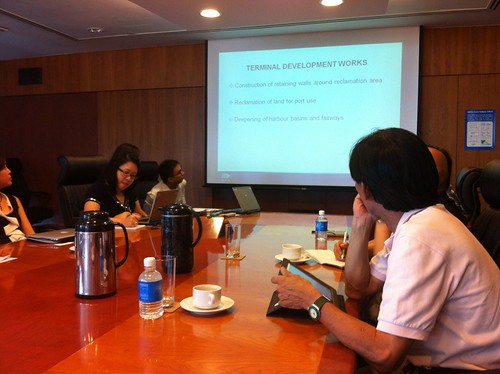
On 8 October 2013, the Maritime and Port Authority of Singapore (MPA) invited the Hantu Blog, and several other stakeholders including International Coastal Cleanup Singapore (ICCS), Nature Society of Singapore (NSS), National Parks Board (NParks), Singapore Environment Council (SEC), Singapore Underwater Federation (SUF), to meet and discuss the developments of Tuas Port and potential impact on neighboring Sultan Shoal. Also present at the meeting were scientists from the National University of Singapore’s Department of Biological Sciences and the Danish Hydraulic Institute (DHI).
I Tweeted vigorously during the meeting, so have consolidated the Tweets in this post with some additional notes inserted here and there. This has been a wonderful opportunity to meet with and share our work with the other stakeholders concerned about our local marine areas, as well as learn how the industry is trying to do what it can to mitigate environmental impact amidst large-scale coastal development projects. It was also a unique experience to visit one of several oil spill response teams positioned in Singapore.
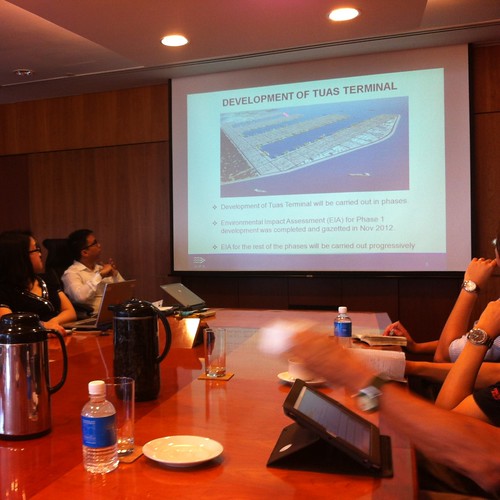
At MPA Building to learn more abt coral relocation and devt work at Tuas, a very serious-setting! An artists impression of Tuas Terminal. Sultan Shoal not reclaimed, but some impact to be expected from siltation.
MPA will be engaging the media on coral relocation efforts in 2014 Q1. Volunteer participation starts next month, Nov 2013 – Aug 2014.
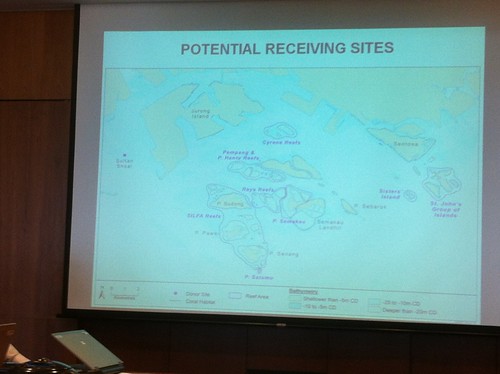
Existing reef areas to receive the transplanted corals fr Tuas: 2 sites at Sisters Island, and 1 each at St. John’s and Lazarus.
Objective is to preserve biodiversity of Sultan Shoal keystone hard coral community, enhance biod by restoring degraded reefs. – MPA
MPA invites volunteers to participate in long term monitoring efforts.
Eugene from DHI introduces how the receiving sites were identified: 7 Sites at 5 islands were short listed, all Southern Islands.
Broad parameters considered for recepient site selection: Coral health, Site suitability, and Long-term sustainability.
At least 60% of hard coral community from sultan shoal, 1600 colonies, 48 genera, prioritize hard coral size classes 25-75cm in diameters.
Threatened and rare reef fauna and large seafans also to be relocated. *It was mentioned after the meeting that there aren’t many large sea fans to be relocated in the first place, but if any were encountered, efforts would be mate to relocate them.
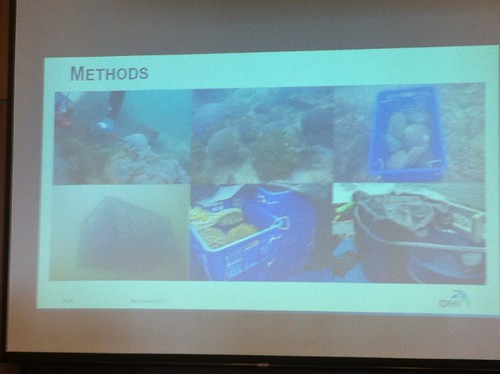
The coral transplantation process: removed w hammer and chisel, and attached w special underwater epoxy. *After the meeting, Eugene explained that coral relocation works have already begun and that the photos in the above slide are from coral harvesting/relocation efforts that are currently underway. The volunteer opportunities that were discussed during this meeting were created and designed specifically for volunteer involvement. Volunteers will not be assisting scientists, but actually doing the same work!
Main relocation works will begin in Sep 2013 – July 2014. Final relocation works and site monitoring begin Jul-Aug 2014.
Volunteer participation planned to be carried out 1 Saturday per month beginning Nov 2013 – Aug 2014. 8 volunteers allowed at a time.
Volunteers to incl divers, non-divers, as well as passive observation to observe, learn and understand more about the process for education.
DHI will commence engagement meetings for volunteers this month. Training and activities begin next month.
General requirements for volunteers: >18 years, committed to 10 hrs of work in the field btwn 10am-6pm. Able to adhere to instructions!
Dive volunteers need medical certificate, vaccination against tetanus and Hep B (because handling corals), >21 years, Attend 2 hr training.
Because training is involved, dive volunteers must be able to commit to at least 5 sessions in the field.
Having been to several closed door meetings, am really appreciating the openness, transparency of this mtg! Can take photos and tweet live!
Really nice: asked who the scientific officers from DHI who’re overseeing and MPA said they’ll send a name list! Awesome!
“The research work is more hardcore” than the coral transplantation work – Prof. Chou!
Andy asks if there are plans to demarcate the recipient sites. Good question! MPA says no such plans for demarcation.
The purpose of engaging volunteers for this project is to give ownership and long term management to volunteer groups. – Prof Chou
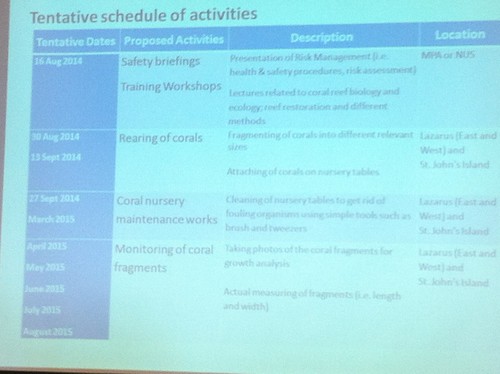
Program goals: to engage NGOs and the public in management, protection and monitoring of restored reefs – Prof Chou
If this project succeeds, hopefully we will be able to market [Tuas] as a “green port” – Prof Chou
“Establishment of coral nurseries as biodiversity reservoirs” – Prof Chou
Areas selected for receiving corals fr Sultan Shoal – Degraded reefs: St. John’s and Kusu, non-reef site: Lazarus
Coral fragments will be collected by NUS to set up coral nurseries AFTER DHI harvests large colonies
A 5m deep, 500-600m stretch of wall along the 3rd finger of Tuas port will be roughened to encourage growth. An idea proposed by Ria Tan! – MPA
According to SLA: corals classified as minerals, shouldn’t be removed intentionally or unintentionally, unfortunately no enforcement at sea.

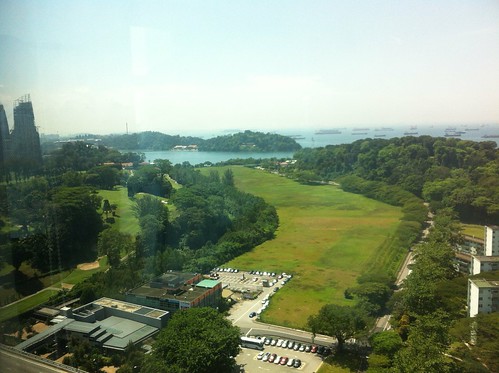
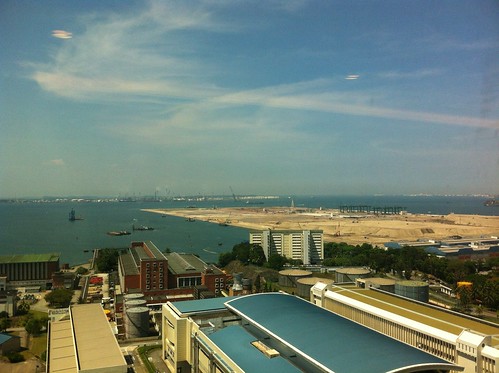
Beautiful views of Labrador and Southern Islands fr MPA meeting room.

At Loyang Offshore Supply Base to learn more abt how we respond to oil spills and oiled wildlife
The 2010 Macondo event has reshaped how the industry responds to oil spills – Oil Spill Response, Sg
Massey University was consulted for the oiled wildlife response procedures developed by Oil Spill Response.
Oil Spill Response works with Sea Alarm Foundation based in Brussells to responds to oiled wildlife.
Governments set national guidelines for the distance from shore and depth at which dispersants may be employed.
“Dispersants work by binding w the floating oil and bringing it to 10m within the water column so that currents can take it to seabed.”
Not all oils can be treated w dispersants. Dispersants are also “very expensive” so will only be employed if the net environmental benefit is +
We have just been issued hard hats and safety goggles
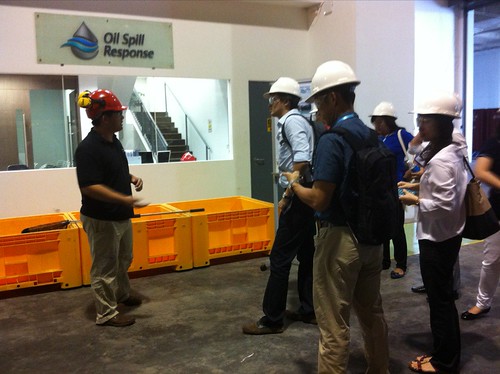
In the event of an oil spill, this would be the triage and stabilization station.

Apparently, Fairy brand detergent has been proven effective and sensitive for washing and degreasing.

The Oil Spill Response team have even prepared feeding tubes and electrolytes for rehabilitating oiled wildlife. *Case studies and preparation for this response was based on incidents in New Zealand, which have many animals like seals and penguins. Animals likely to be impacted if an incident occurred in Singapore might include otters, dolphins, dugongs, sea eagles, herons, egrets, other shore birds, and water monitors. I was curious to find out which veterinary and wildlife response personnel will be mobilised if there was such an incident in Singapore (if it would be a domestic response team, or if it is a regional one), however, because the response is led by Sea Alarm, not Oil Spill Response, this information was not available during the time of the meeting.

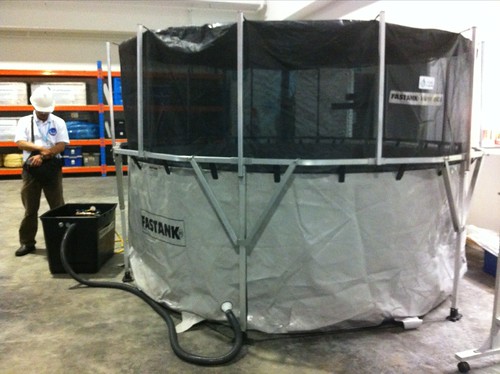
These tanks can accommodate birds, marine mammals, and aquatic animals
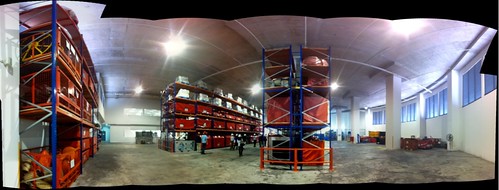
One of two warehouses that store the equipment for oil spill response


Dispersants: each one of these tanks is 1 metric tons and costs $10-$15,000
Diff nations have diff regulations re: dispersants. There are generally 3 types of dispersants.
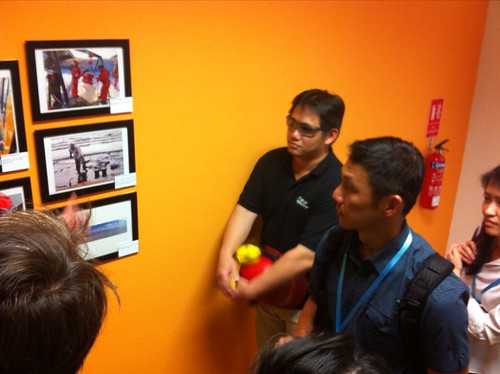
Eugene from DHI asks abt the procedure of removing oil from sandy beaches
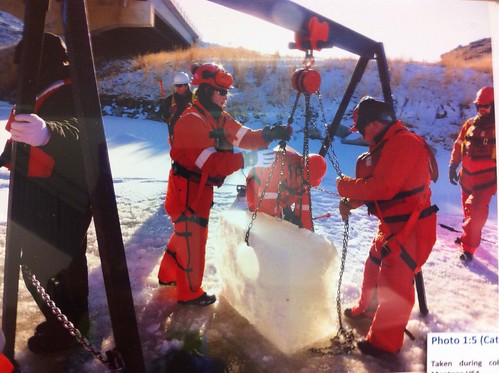
Harta, the incident manager, shares something interesting: what happens if the oil is trapped beneath ice?! *I found an article in the Economist that discusses this briefly
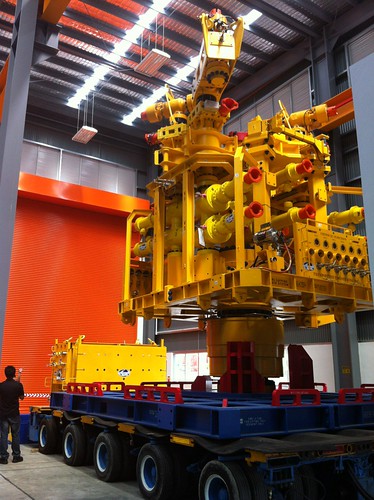
 (Left) Weighing in at 37 tons and standing 9m tall is the stuff that’s used to plug a subsea well should it blow. The pressure valve on this behemoth can tolerate 10,000psi and is relavent to shallow/low pressure wells (Right) The hydraulic equip used w the cabin stack. This alone weights 38,000lbs! Small compared to the size of the wells.
(Left) Weighing in at 37 tons and standing 9m tall is the stuff that’s used to plug a subsea well should it blow. The pressure valve on this behemoth can tolerate 10,000psi and is relavent to shallow/low pressure wells (Right) The hydraulic equip used w the cabin stack. This alone weights 38,000lbs! Small compared to the size of the wells.

 Posted in
Posted in 



 content rss
content rss
November 7th, 2013 at 1:09 pm
This is pretty amazing work happening at our doorstep. Do you have any idea how to sign up as a volunteer? I’m a diver so I’m really psyched about this.
November 24th, 2013 at 11:13 pm
Dear Wesley, great to have your interest! There are still vacancies available for the research aspect for this particular project. Do email us at hantublog[at]gmail[dot]com and we will send you the details. Thank you!